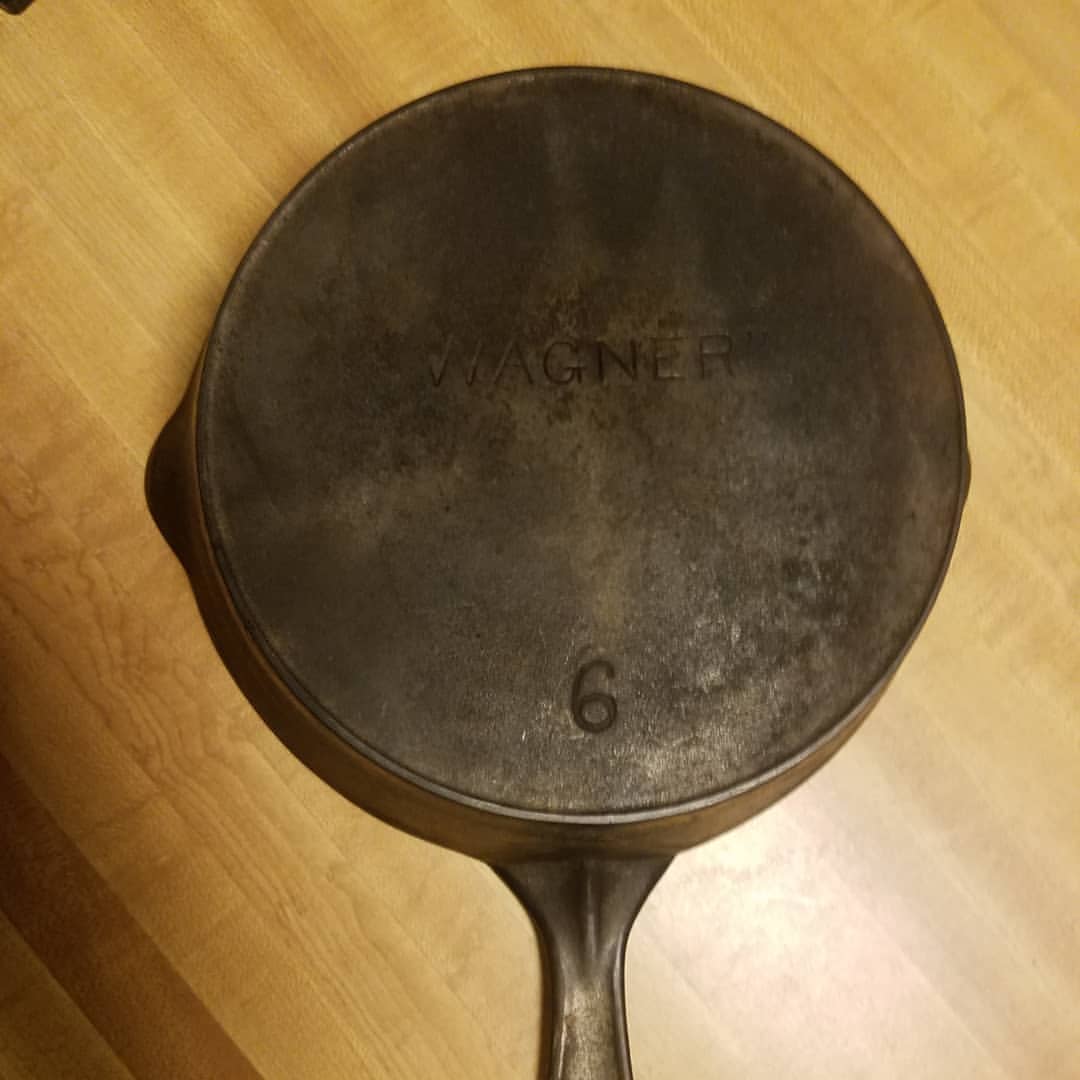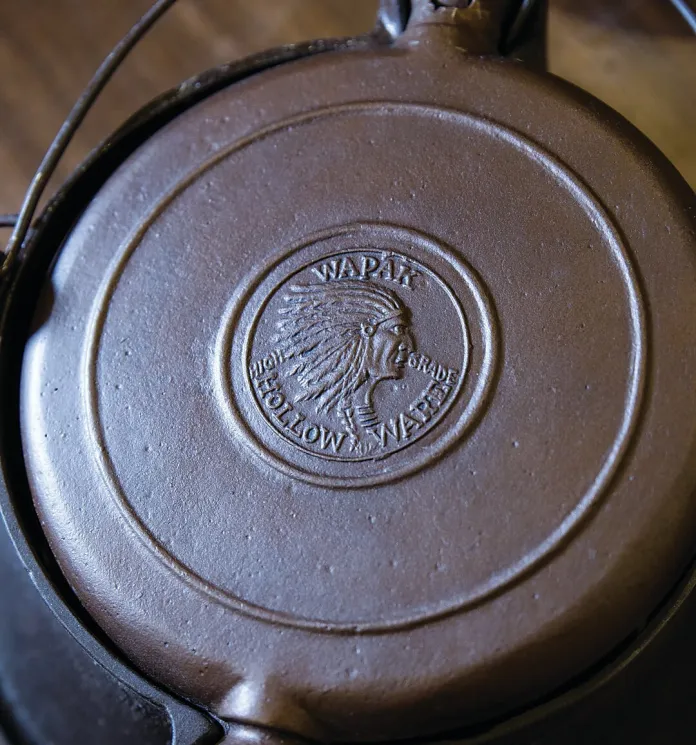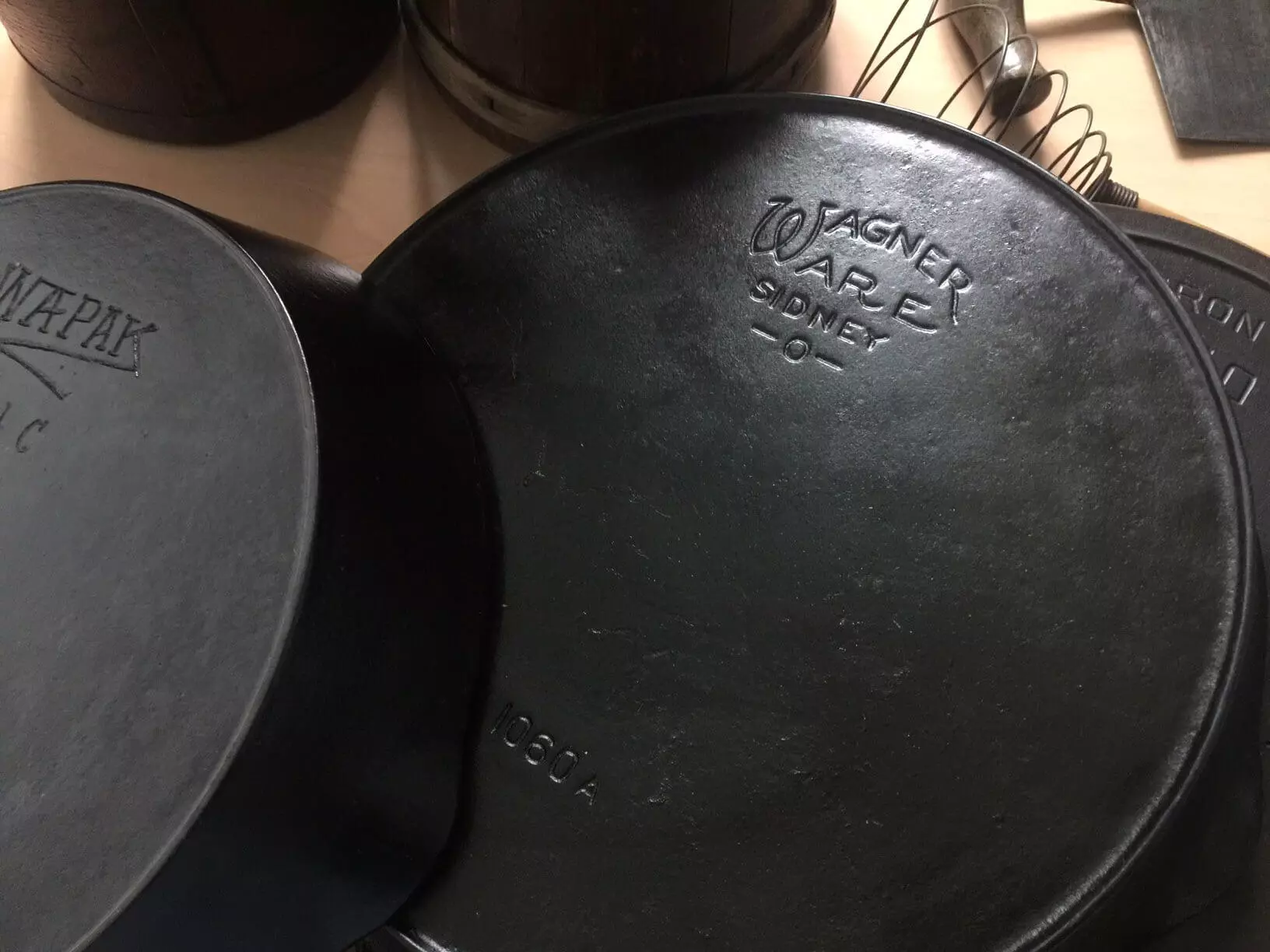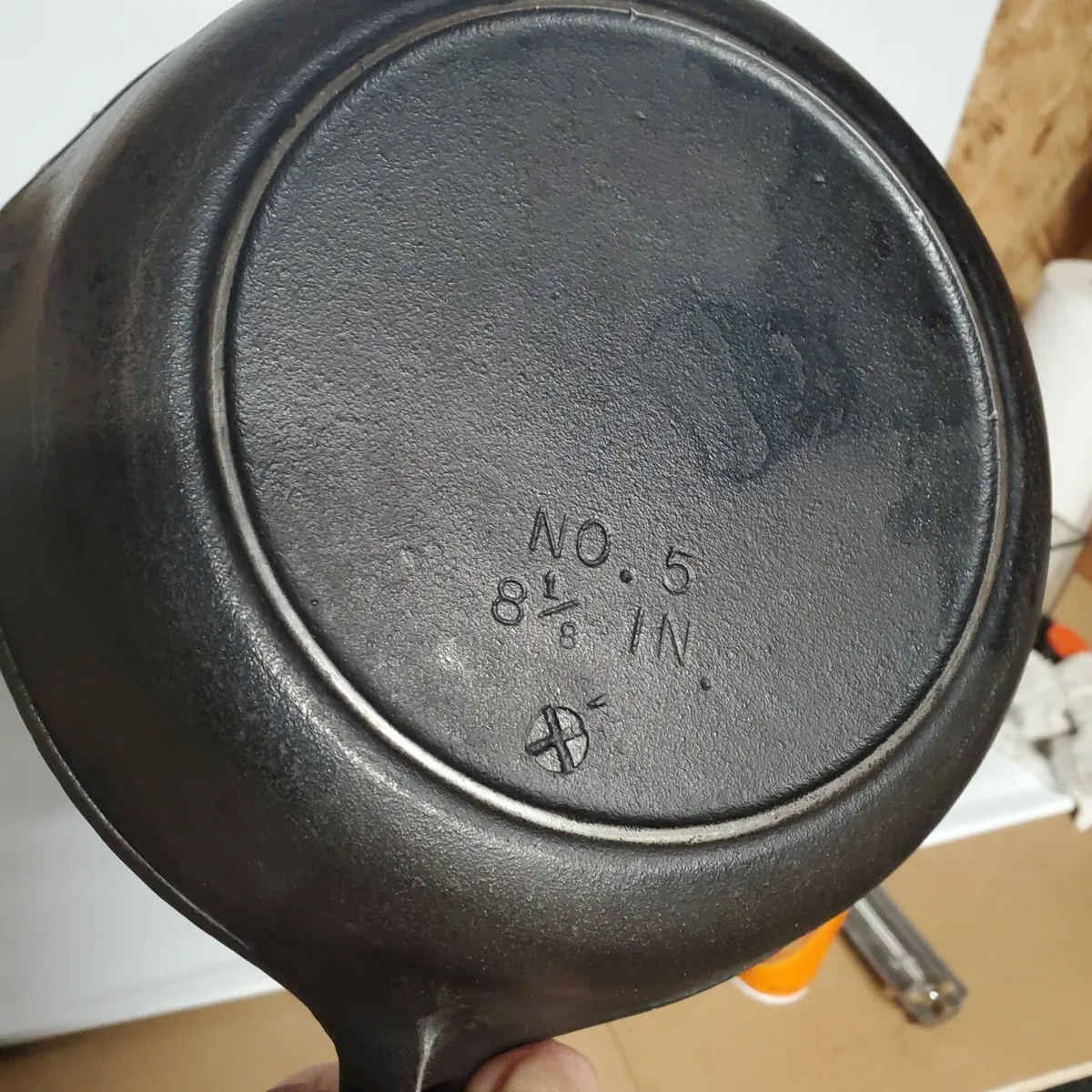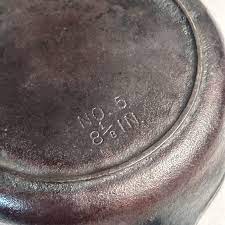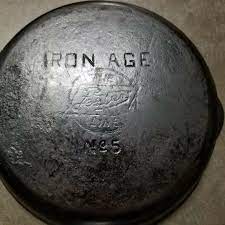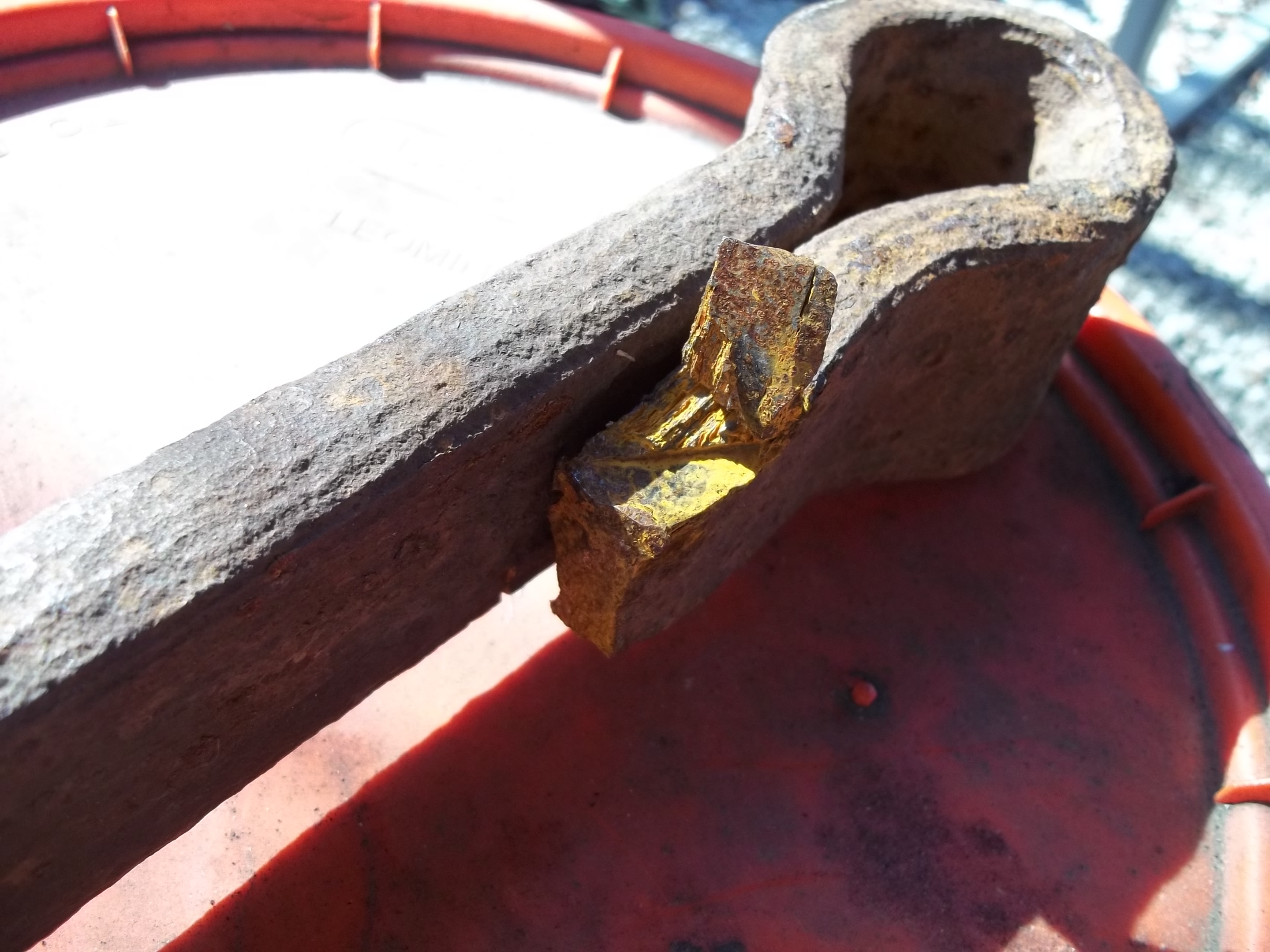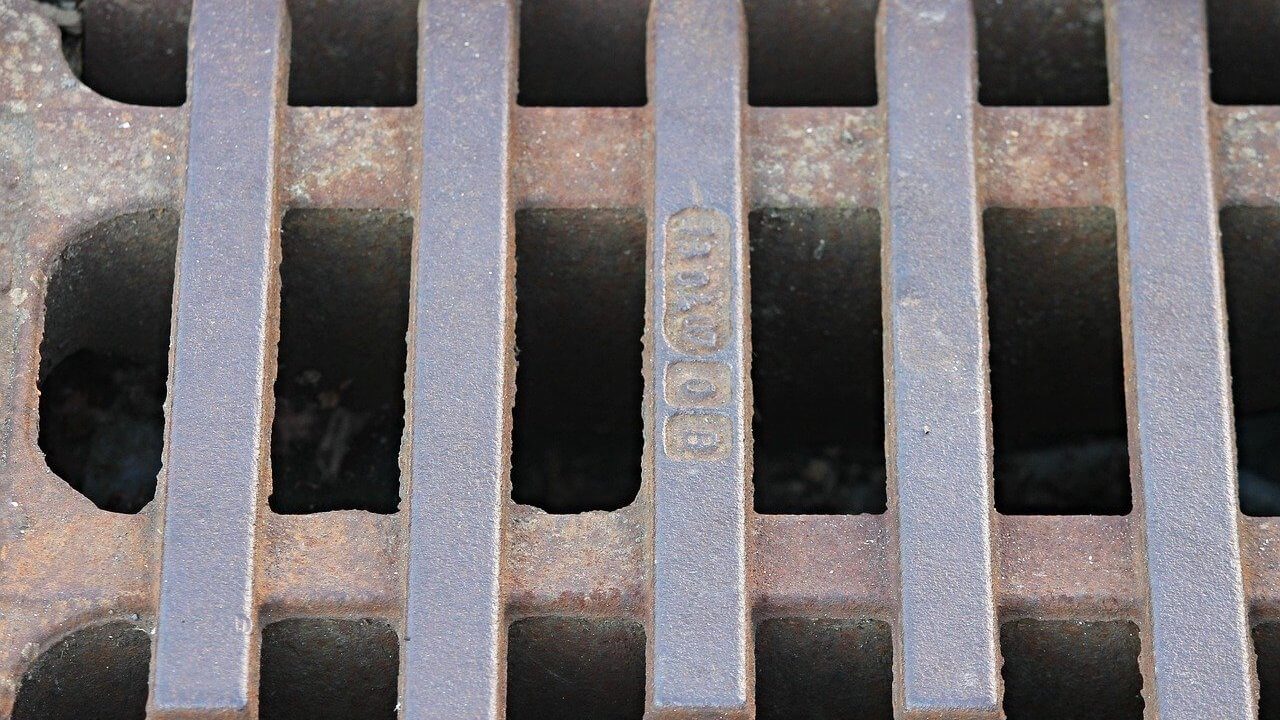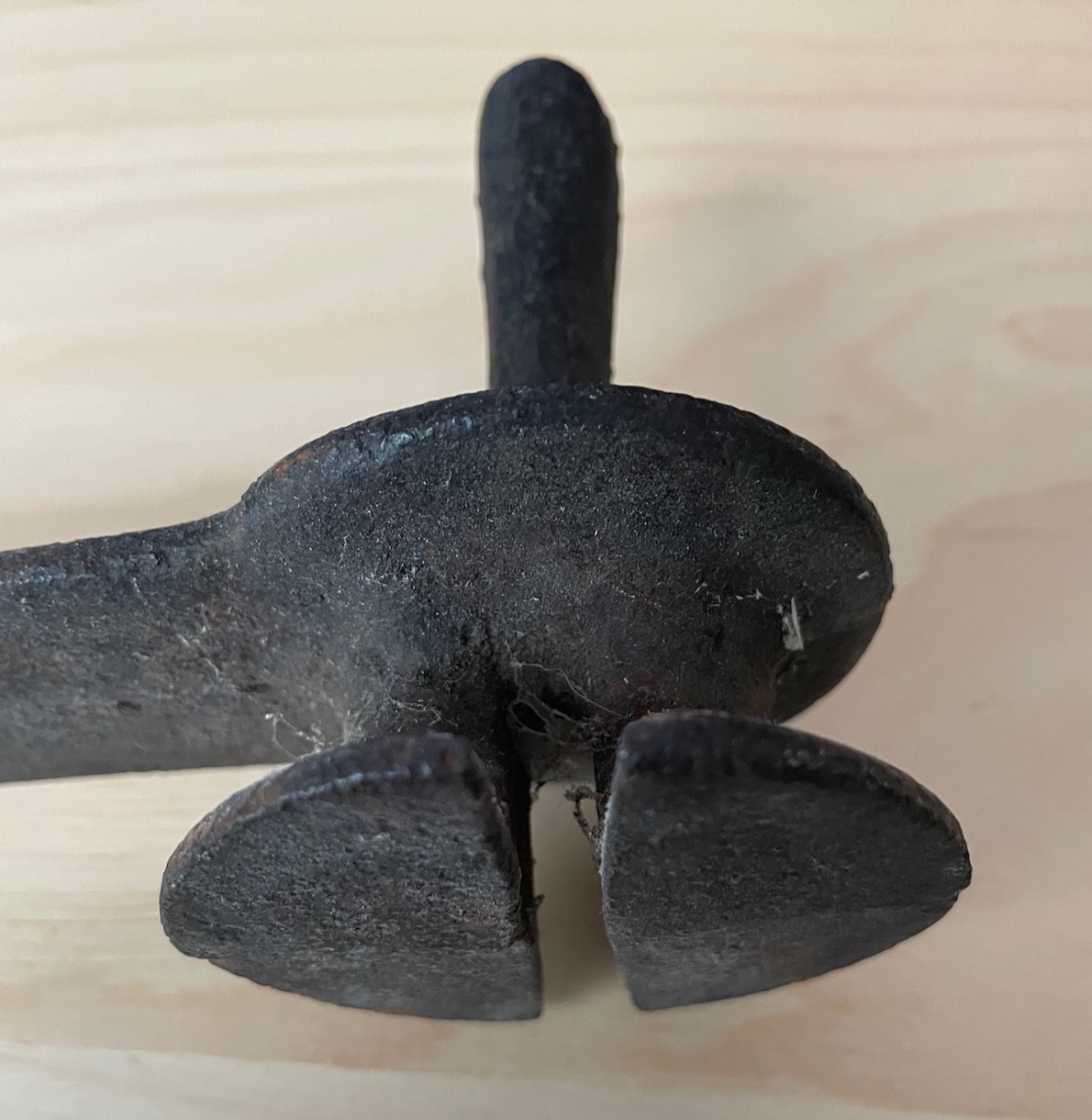About Wrought Iron Identification
Wrought iron, with its minimal carbon content, boasts toughness, malleability, and a slow rusting rate. It shines in ornamental ironwork, offering a durable, rustic appeal. Its handcrafted nature results in unique surface irregularities, adding to its aesthetic charm. Unlike brittle cast iron, wrought iron's resilience makes it a favored choice in various applications.
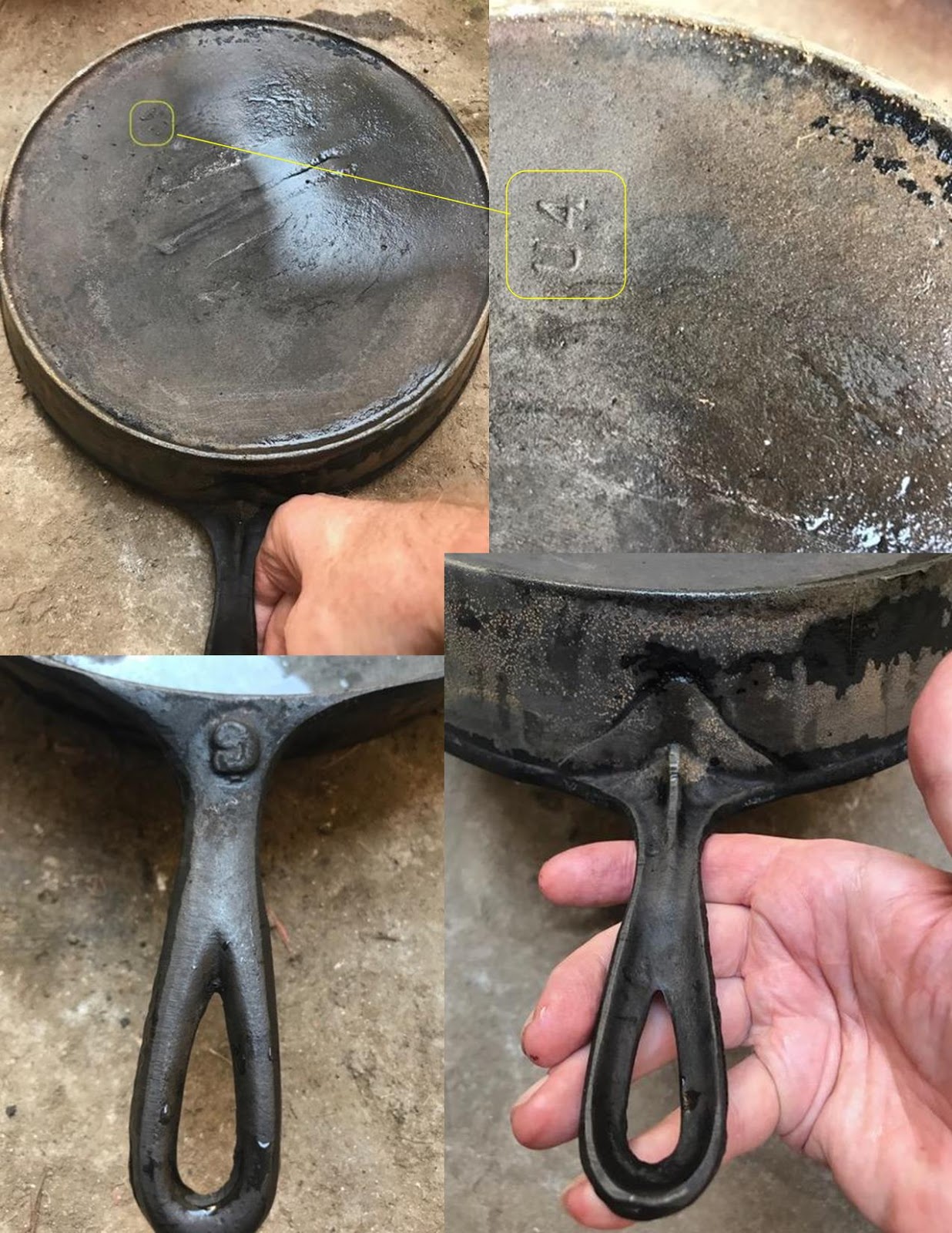
- Wrought iron is recognized by its low carbon content, typically less than half a percent, distinguishing it from other iron alloys.
- Its fibrous and grainy appearance, due to its forging process, sets it apart, creating a unique texture.
- Wrought iron items often showcase individuality as they are handmade, leading to slight variations in each piece.
- Unlike cast iron, it doesn't have repetitive patterns and can't be easily replicated with molds.
- The absence of brittleness is a key identifier, as wrought iron is known for its durability and flexibility.
- Over time, layers of paint can obscure its distinctive characteristics, but its intrinsic qualities endure.
